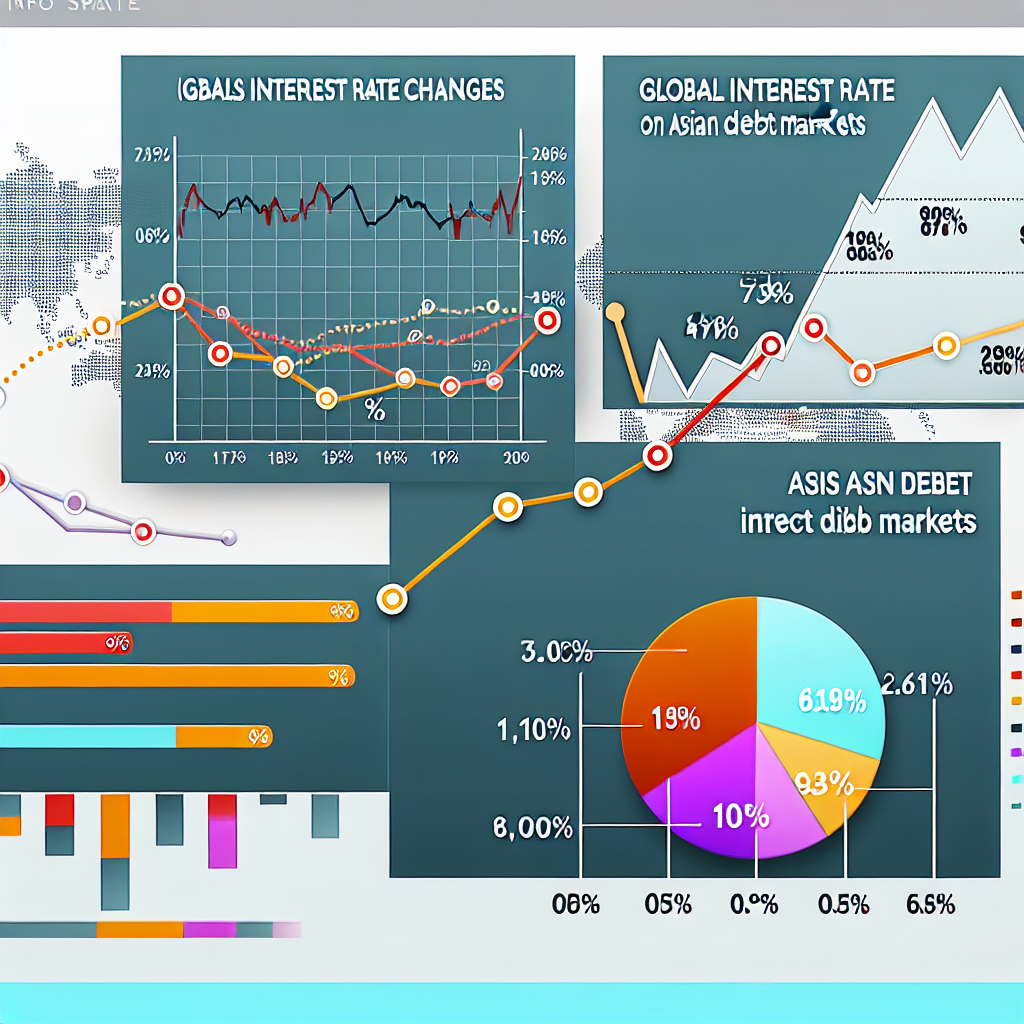How Global Interest Rate Changes Are Affecting Asian Debt Markets

In recent years, the dynamics of global interest rates have undergone significant shifts, primarily influenced by central banks’ monetary policies in developed economies. These changes have profound implications for Asian debt markets, which are increasingly interconnected with global financial systems. This article explores how fluctuations in interest rates impact Asian economies, the challenges they face, and the opportunities that arise in this evolving landscape.
The Global Interest Rate Landscape
As of late 2023, many central banks, including the U.S. Federal Reserve and the European Central Bank, have been adjusting their interest rates in response to inflationary pressures and economic recovery post-pandemic. The Federal Reserve, for instance, has raised rates multiple times since 2021, aiming to curb inflation that surged to multi-decade highs. These changes have a ripple effect across the globe, particularly in emerging markets like those in Asia.
Impact on Asian Debt Markets
Asian debt markets are particularly sensitive to global interest rate changes for several reasons:
- Capital Flows: Higher interest rates in developed countries often lead to capital outflows from emerging markets as investors seek better returns. This can result in increased volatility in Asian debt markets.
- Currency Depreciation: As capital flows out, local currencies may depreciate, making it more expensive for countries to service their dollar-denominated debt.
- Borrowing Costs: Rising global rates lead to higher borrowing costs for Asian governments and corporations, which can slow down economic growth.
Case Studies: Country-Specific Impacts
To illustrate the effects of global interest rate changes, let’s examine a few Asian countries:
India
India has seen a significant impact on its bond market due to rising U.S. interest rates. The Reserve Bank of India (RBI) has had to adjust its monetary policy to maintain stability. In 2022, the RBI raised its repo rate multiple times to combat inflation, which was partly driven by external factors, including rising oil prices and global supply chain disruptions. As a result, the yield on Indian government bonds increased, reflecting higher borrowing costs.
Indonesia
Indonesia’s economy is also feeling the pinch. The country has a substantial amount of foreign debt, and as the U.S. dollar strengthens, the cost of servicing this debt rises. In 2023, the Indonesian government issued bonds at higher yields to attract investors, which could lead to increased fiscal pressure in the long run.
Vietnam
Vietnam, on the other hand, has been relatively insulated due to its strong export sector and favorable trade balance. However, the country is not immune to the effects of rising global rates. The Vietnamese dong has faced depreciation pressures, prompting the government to consider tightening its monetary policy to stabilize the currency.
Opportunities Amidst Challenges
Despite the challenges posed by rising global interest rates, there are also opportunities for Asian debt markets:
- Increased Foreign Investment: Higher yields can attract foreign investors looking for better returns, potentially leading to increased capital inflows.
- Development of Local Currency Bonds: Countries are encouraged to develop their local currency bond markets, reducing reliance on foreign debt and mitigating currency risk.
- Focus on Sustainable Financing: The demand for green bonds and sustainable financing is growing, providing new avenues for investment in Asian markets.
Conclusion
The interplay between global interest rate changes and Asian debt markets is complex and multifaceted. While rising rates present significant challenges, including increased borrowing costs and currency depreciation, they also offer opportunities for growth and development. As Asian economies navigate this landscape, the focus on strengthening local currency markets and attracting sustainable investments will be crucial. Understanding these dynamics will be essential for investors and policymakers alike as they seek to adapt to an ever-evolving financial environment.





